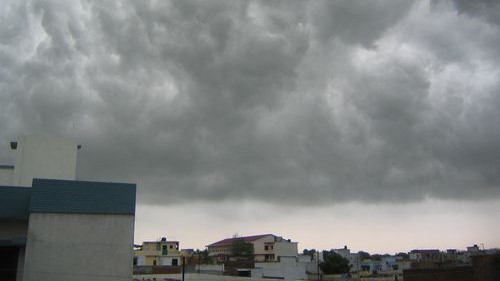Bangladesh is home to the largest mangrove forest in the world, the Sundarbans mangrove forest. Mangroves are shrubs or small trees that live near or in water. They are found in or along rivers, shores, or estuaries. An estuary is the place where the river meets the sea. Mangroves grow in tropical regions. Tropical storms often occur in these regions, so the mangroves have adapted to survive these storms. Mangroves are extremely tough.
It is not surprising that Bangladesh has such a large mangrove forest. After all, Bangladesh is a tropical country with many rivers. The Sundarbans mangrove forest is so large that it goes beyond Bangladesh into India. Around 60% of the forest is in Bangladesh and the other 40% is in India.
There are many different animal species that live in the Sundarbans mangrove forest. For example, 270 bird species live and breed in this forest. Endangered species also live in these mangroves, including the Royal Bengal Tiger. It is important for these mangroves to remain strong and healthy because endangered animal species need them to stay alive.
However, people have been cutting down the mangroves in this forest. They’ve been cutting down these trees for two reasons. One reason is that they want to use or sell the mangrove wood. The second reason is that they want to replace the mangroves with canals. These canals would carry water from the rivers to the nearby farms. The water would help the soil stay fertile.
Do you think that these people should continue to cut down the mangroves?









